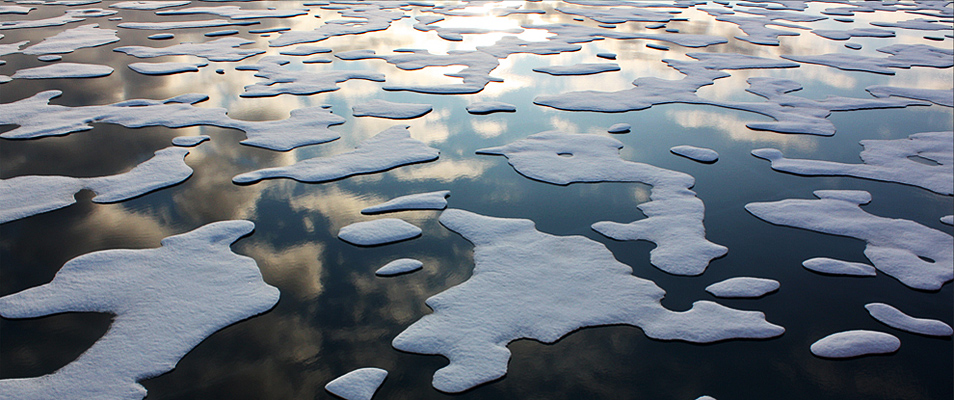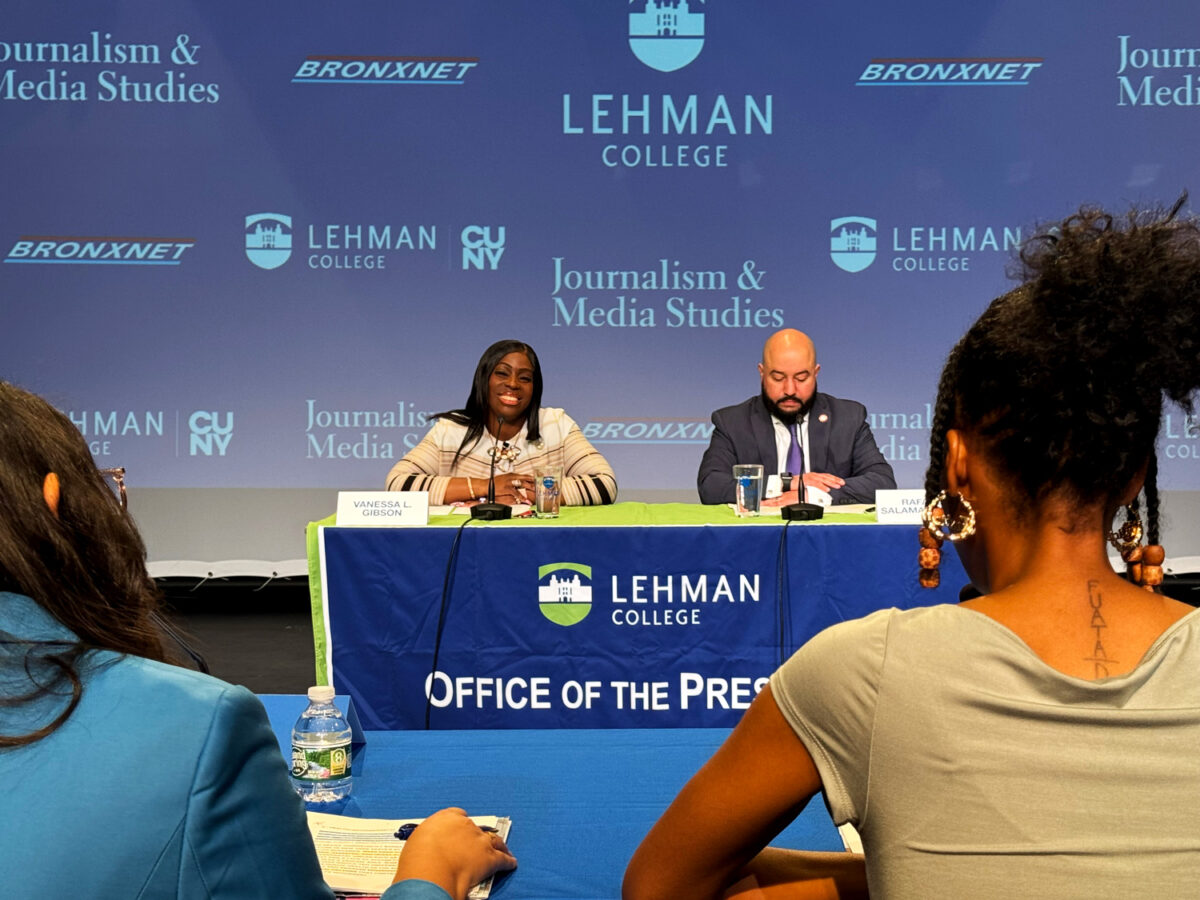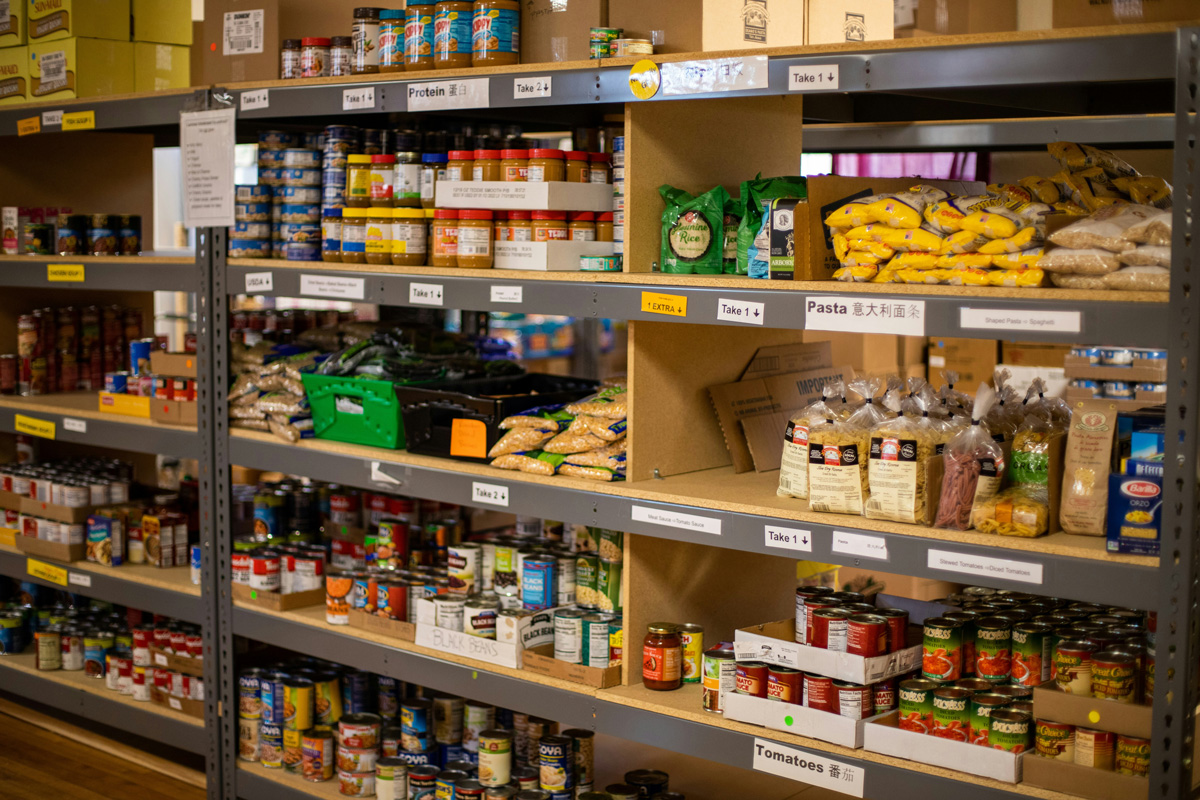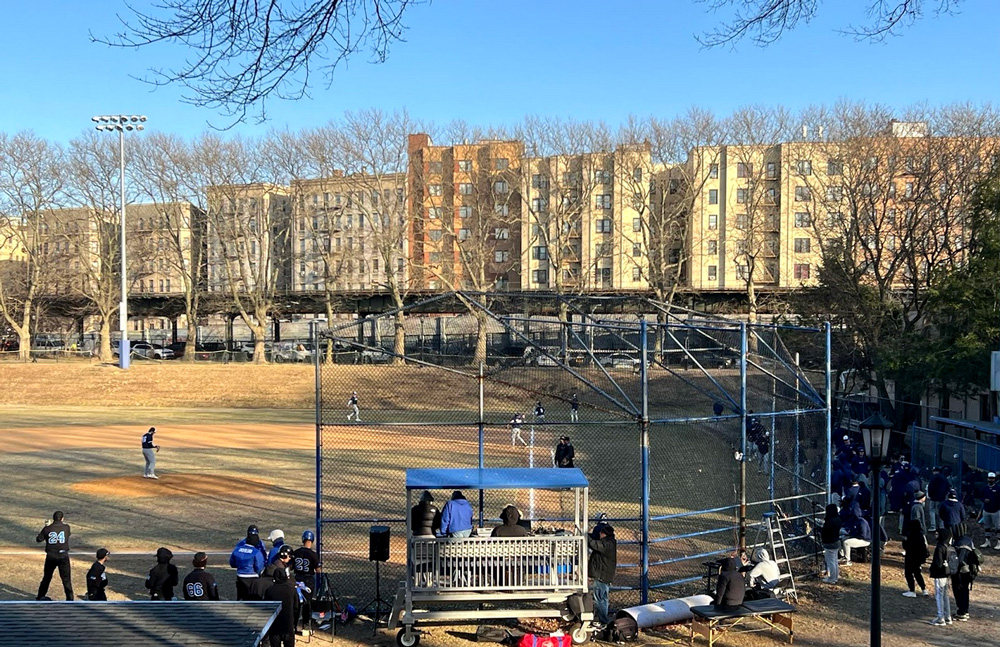By Jason Burgos
The year 2016 was the hottest in recorded history, lending more credence to the claim that the earth’s climate is warming. Al Gore—one of the most well-known champions for climate awareness—continues his appeal to the public, over 40 years after his crusade started.
Recently, Temple Emanu-El hosted Gore’s enlightenment and publicity tour for his new book and a sequel to his 2007 Oscar-winning documentary An Inconvenient Truth. The temple setting was fitting, as he preached on the dangers of climate change to a congregation of believers.
The one-time Tennessee senator first brought the issue of global warming to the national stage in 1976, when he organized a congressional hearing on the topic. Since that time, great strides have been made to protect habitats, said Gore, but there have also been some reversals.
Gore opened his presentation with three questions: Do we really have to change? Can we change? Will we change? And to all three, Gore gave a resounding “Yes!” He harkened back to Renaissance-era astronomer Nicolaus Copernicus (who was the first to theorize the sun was the center of our solar system) to emphasize that belief systems can be changed.
President, Donald J. Trump is an admitted climate change denier. When a political figure of such status questions such a key issue, the only way for an environmental activist to respond, said Gore, is with facts.
Humans continue to pollute the atmosphere when we burn fossil fuels, destroy rain forests with controlled burns, and release large sums of methane into the air from livestock and the melting of the polar caps. “We are using this [the atmosphere] as an open sewer,” said Gore. The resulting sewer, he said, is eroding the lone defense against the intensive power of the sun—the ozone layer.
Because of the boom in global industrialization since World War II, carbon emissions into the air have increased at a staggering rate. Recent evidence cite source has found that since the ‘90s, pollution has weakened the ozone so seriously that we are 150 times more likely to have an unusually hot day than we would have 40 years ago. Since 2001 we have seen 16 of the 17 hottest days ever recorded.
Last year the American Southwest saw days so hot, that they were officially designated as life threatening. In July, parts of Iraq reached a high of 129 degrees. The same time the year before, Iran reached a heat index (a measure combining temperature and humidity in the air) of 165 degrees.
What makes this heat even more dangerous is that it sucks the moisture out of soil. This loss of moisture has made droughts last longer and cost countries like China and India billions. From 2006 to 2010, 60 percent of what was once fertile soil in Syria is now desert.
But that sapped moisture doesn’t leave the ground and go unaccounted for. It often goes into the air as humidity, causing “atmospheric rivers.” When these rivers flow they cause an unusual weather phenomenon dubbed a “rain bomb.” These were once a rare occasion. Yet they are happening so much more often that they have even been caught on camera.
Along with rivers in the air, ocean temperatures continue to rise. A warmer ocean surface means more storms, and violent ones at that. Houston, Texas, suffered from these brutal weather patterns when the city endured five major floods from 2015 to 2016. The U.S. as a whole has had seven “once in 1000 year” weather events recently. In the United Kingdom, while they have had the hottest years on record, from November 2015 to January 2016, the region saw the wettest three month period in over 100 years.
Along with fierce weather, the warming planet has seen massive losses of ice in the Arctic. The western section of Antarctica is in “irreversible levels of retreat,” said Gore. He hammered home the seriousness of the problem by displaying a 100-mile rift in one section of the ice shelf, which is the size of Delaware. He noted that there is unfortunately no stopping this section from breaking off of the continent and melting into the waters of the ocean.
When that happens, sea levels will rise to dangerous heights. Major American cities like Miami (#1) and New York (#3) are some of the most at-risk cities for permanent flooding in decades to come.
People’s lives are being put in danger on a daily basis by such reactive weather, said Gore. At the beginning of the decade, 55,000 people died in Russia from the combination of droughts and forest fires. Riots occur across the globe over dwindling food supplies. Diseases, like the Zika virus, are on the rise because of unhealthy conditions. Even the U.S. surgeon general stated that climate change is causing a medical emergency. Climate change can cause significant problems for the global economic and political systems, said Gore.
On two occasions during the talk, Gore had to calm himself while speaking because his strong passion for the subject had him close to yelling out his frustrations. He did, however, say that there is hope. Carbon dioxide levels have stayed steady in the last three years. And despite all the backwards steps with carbon emissions, technology has made great strides in making humans an environmentally cleaner inhabitant of the planet. Many more cities in the U.S. and abroad are aiming to use 100 percent renewable sources for energy—for example, wind and solar.
President Trump promised during his election campaign to put more Americans back to work, focusing on the coal industry, which has long been a primary source in carbon emissions. Gore suggested instead that the focus be on considerable job and money-making opportunities in the clean energy industries.
Wind turbine service technician is one of the nation’s fastest growing jobs, said Gore, and employment in solar energy outnumbers those in oil, gas and coal combined. The U.S. has progressed 70 times faster in solar use than 2001 estimates expected. And with higher demand, comes serious investment from governments and the private sector. “This is a dramatic success,” said Gore.
These forms of energy are also much more affordable for the customers that use them. This is because renewable energy is cheaper, since it costs little to produce. Even when the sun isn’t out, and the wind isn’t blowing, battery technology has come so far that it is more than adequate to sustain energy levels when renewables are not available, said Gore.
“This is our home, we have to change,” he implored, as many of the people in attendance nodded in agreement. When asked by an audience member what one person can do to create change, Gore listed four suggestions: Learn about the subject, win the conversation (meaning don’t let individuals in denial go unchallenged), be forceful in making change among your own social circles, and be politically active.
“If anyone doubts that we have the will to change, always remember that the will to change is itself a renewable resource,” said Gore.








No comments